From MVP to Enterprise-Ready: 3 Examples of Scalable Mobile Apps for Healthcare
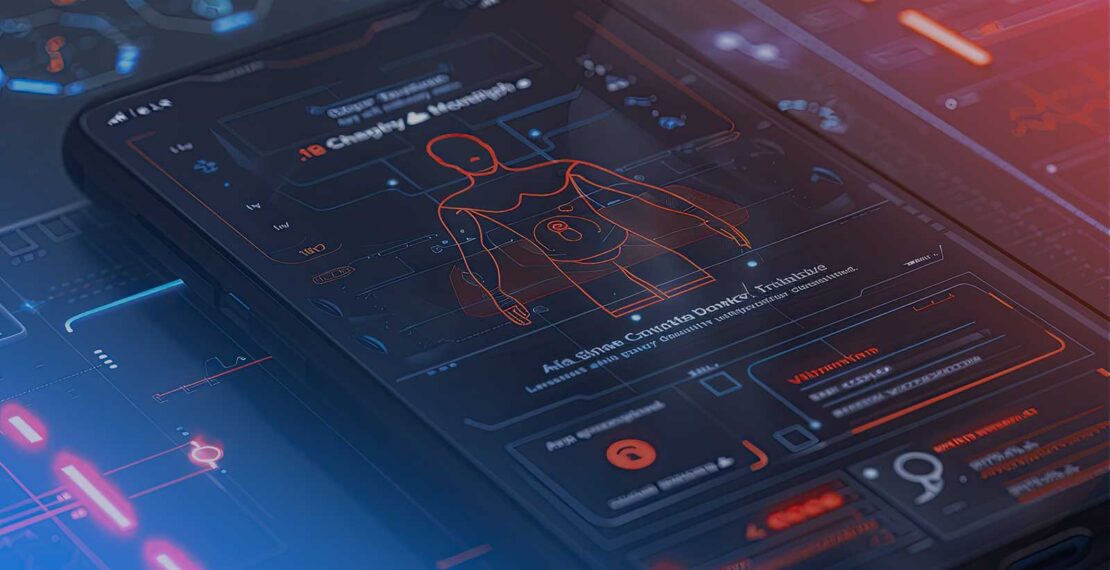
Thousands of mobile healthcare applications launch every year, but only a few grow with their users, adapt to new challenges, and stand the test of time. So what sets them apart?
In our work across the digital health spectrum—including apps used by tens of thousands of healthcare users daily—we’ve found that five key elements consistently drive success in mobile development:
- Smart architecture
- Lean tech stacks
- Data discipline
- Interoperability readiness
- User alignment
This article breaks down these elements and shows them in action through three real-world Newfire mobile projects, spanning consumer, clinical, and operational use cases. If your organization is developing—or already offers—a mobile health app, read on for a dive into the fundamentals worth getting right from day one.
Making Scalable Healthcare Apps Worthy of Stakeholder Buy-in
2024 saw a resurgence in mobile health and fitness apps, confirming healthcare’s ongoing digital shift. According to SensorTower, while US download volumes remained steady overall, in-app purchase (IAP) revenue grew significantly, showing that users are increasingly willing to pay for digital health tools they find valuable.
Some subcategories are growing even faster: health tracking apps witnessed a 43% jump in US downloads, likely driven by technological advances and mobile health features that make self-monitoring more accurate, useful, and accessible to consumers.
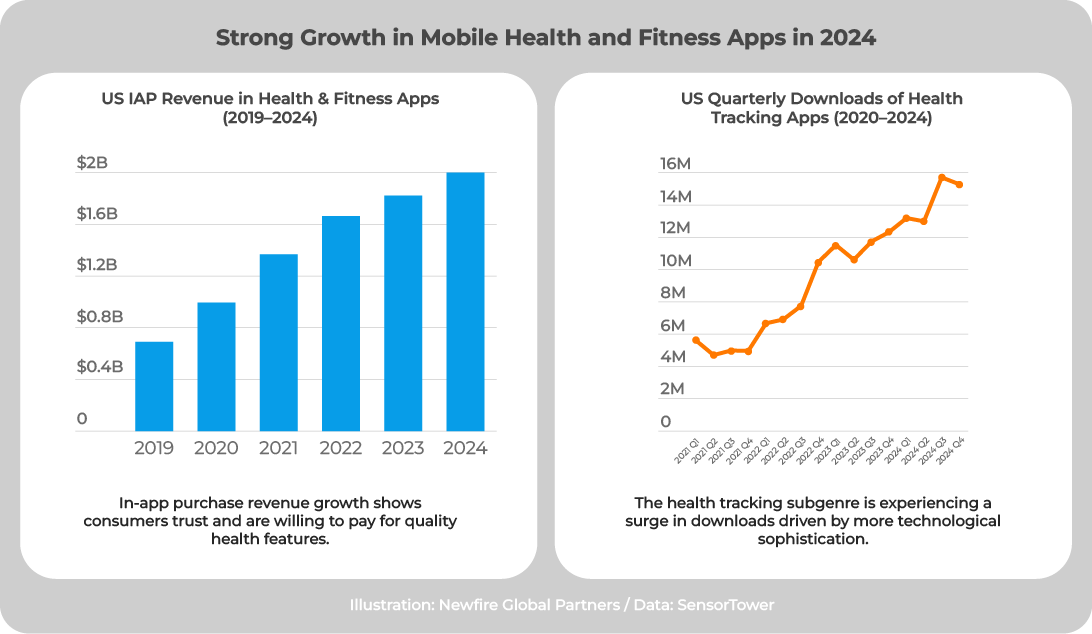
Mobile healthcare applications open up opportunities to enable novel forms of interaction during the lifecycle of care. So, what does it take from a product development perspective to stand out and grow in this highly active area? At Newfire, years of developing mobile applications combined with deep healthcare expertise have taught us that technical excellence comes down to five key elements:
Modular Architecture
Your architecture should be based on small, self-contained modules, each able to evolve, or even be replaced, without disrupting the system as a whole. This will enable the organization to move quickly when a nice-to-have feature becomes a competitive differentiator, or a sudden regulatory shift forces a rapid response.
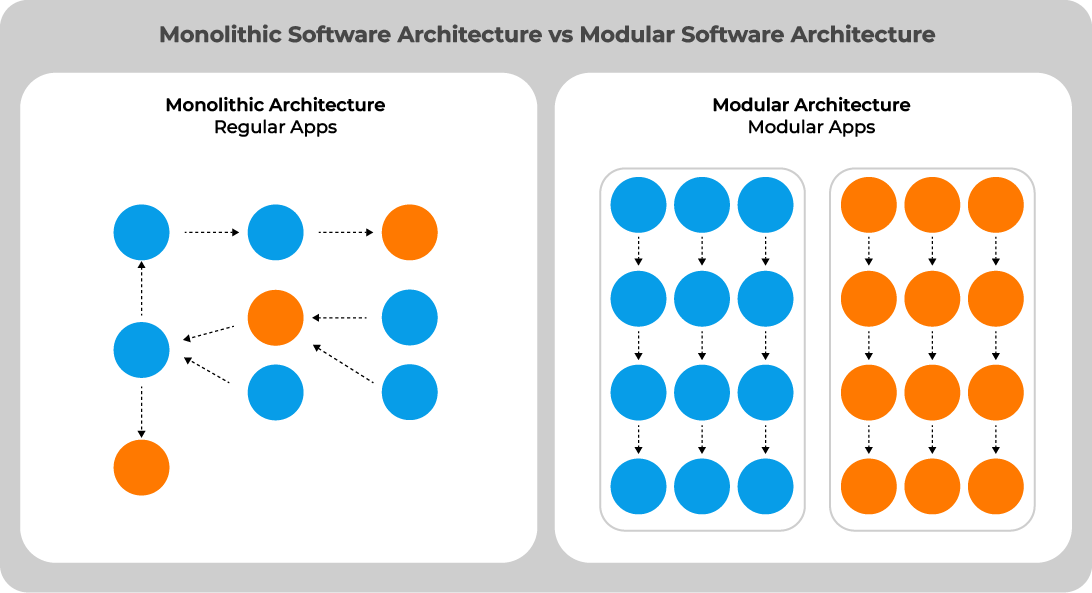
Modularity also makes it easier to upgrade your product with new tech: whether you’re swapping in a more accurate analytics engine, a faster payment processor, or an AI-powered tool, you can do so without overhauling the entire system.
Tech Stack Decisions
Cross-platform frameworks will help you keep velocity high and your teams lean. Flutter and React Native have become the gold standard for mobile development, a trend we predicted when we invested in hiring senior engineers with expertise in these frameworks, enhancing their previous experience with training in the many nuances of healthcare product development.
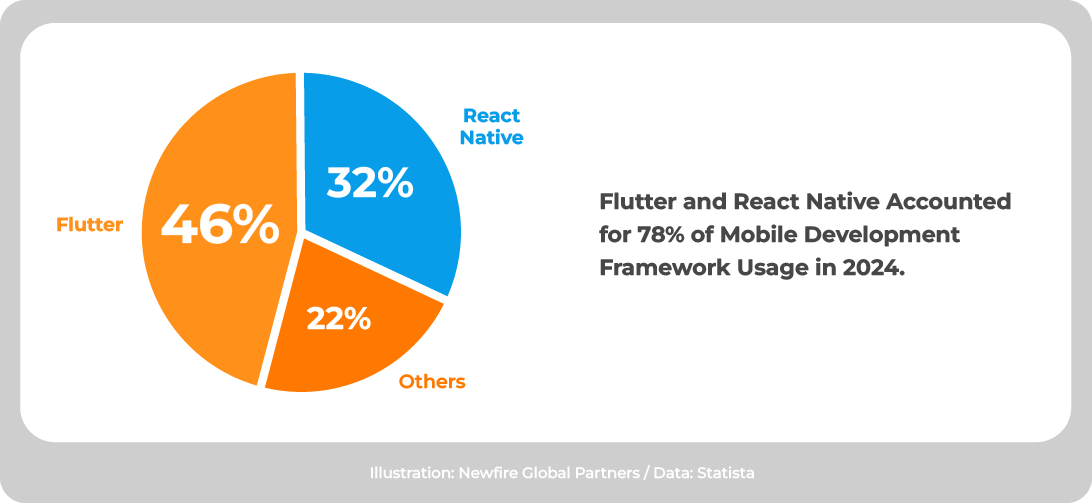
That investment in talent paid off. Today, we stand up MVPs quickly to reliably secure first users and cultivate investor confidence for our clients.
Data Integrity and Security
Even if your app launches with non-sensitive data, regulations like HIPAA often come into play sooner than expected. At a minimum, teams should implement role-based access controls, encrypted data storage, audit trails, and secure communication protocols from day one.
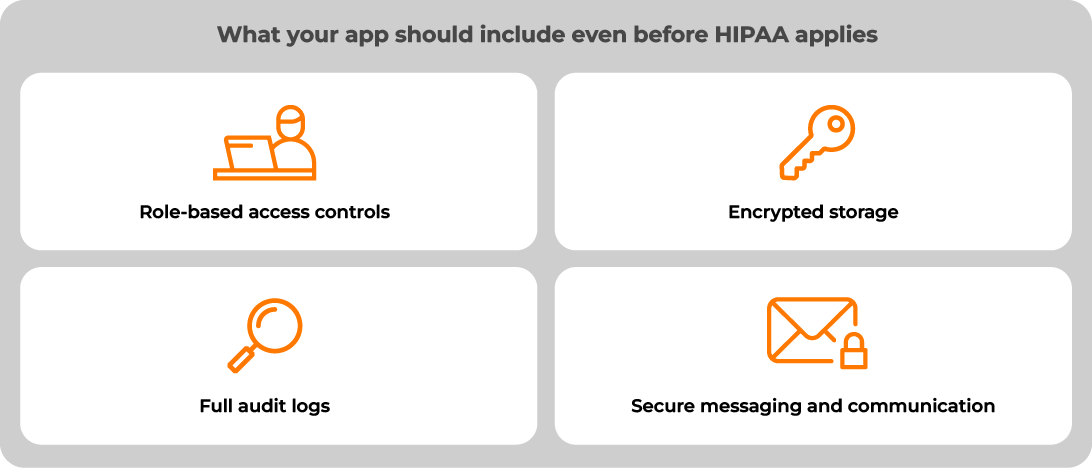
These foundations ensure you’re ready when regulatory demands shift or new growth opportunities hinge on specific compliance requirements.
Interoperability Ready
Given the cost and complexity, founders are often right to delay interoperability plans in early development until actual integration requirements are better understood. But once you raise capital and need to connect with EHRs, wearable ecosystems, or other healthcare IT systems, investors will want to know your app is built to support integration.
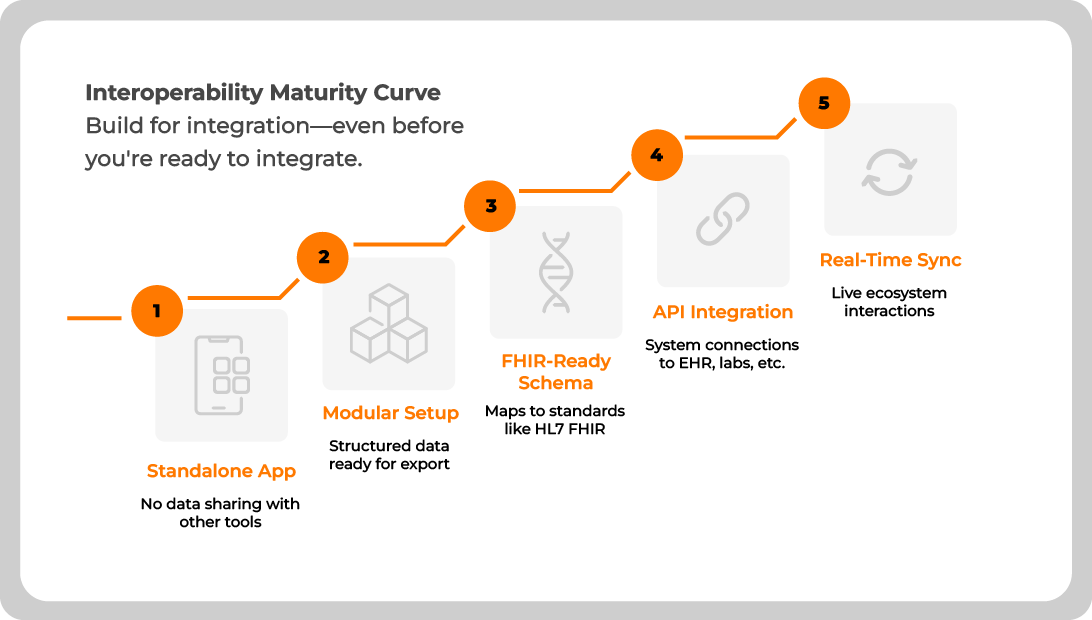
You don’t need to implement HL7 FHIR or build out full APIs right away, but your data should be structured so it maps cleanly to common healthcare standards.
Audience-Aligned UI/UX
Operating in healthcare and wellness means designing for distinct user groups—from individuals with disabilities to elite athletes. That puts UI/UX front and center for any mobile healthcare application.
At Newfire, we’ve found that pairing designers with business analysts enables reliable audience retention and safe scaling. BAs thoroughly research user needs and regulatory requirements, shaping clear, actionable priorities. Designers then translate those into interfaces that are not only engaging and intuitive but also compliant and inclusive.

Business analysts and UI/UX designers offer complementary perspectives—one data-driven, one creative. Together, they ensure the product is usable, appealing, technically feasible, and aligned with requirements. Product leaders should include both roles early on to foster correct prioritization, efficient iteration, and seamless translation of data into impactful design.
Alen, Lead Business Analyst at Newfire Global Partners
In the following sections, let’s explore how these elements came to life and impacted three Newfire mobile development projects.
Pison: Expedited MVP for The Next Big Thing in Health Metrics
One of our clients in the cognitive health space, Pison, developed a breakthrough sensor that translates the body’s electrical signals into machine-interpretable events via AI. Initially developed to help patients with ALS control electronic devices through gesture control, Pison’s device soon showed great potential in measuring cognitive performance, a use case appealing to consumer markets.
Pison entrusted Newfire with developing a mobile application to communicate to users the value of its proprietary health metrics—Readiness, Mental Agility, and Focus—and guide users through the measuring process. The company was on a tight deadline with a goal to unveil the product at the annual Consumer Electronics Show in Las Vegas. We collaborated closely to deliver an MVP in time for their unveiling event.
How do you deliver an MVP for a new health concept at this velocity?
We started by managing Pison’s long list of requirements. The team’s business analyst helped prioritize Pison’s extensive feature list and translated it into actionable tasks for a lean mobile team. With Dart and Flutter at the core of our tech stack, we established a fast, predictable engineering process to ensure deadline adherence.
Meanwhile, the UI/UX designer and BA collaborated to craft a UX that made these novel metrics feel natural to users, integrating dashboards and leaderboards to support habit formation and resonate with Pison’s initial market, athletes seeking to level up their performance.
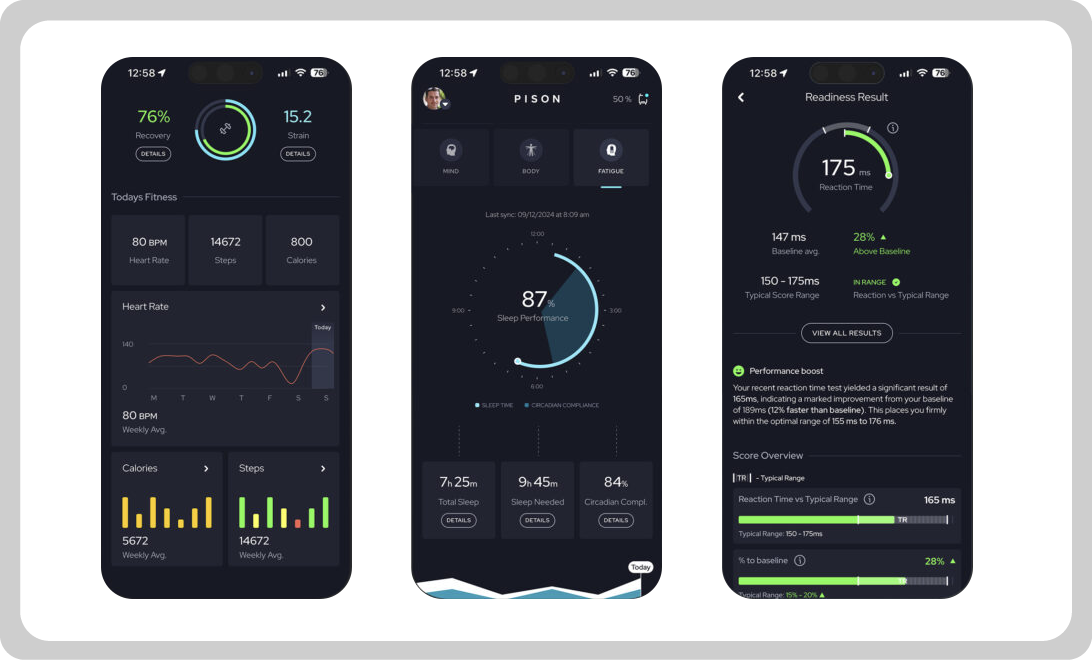
We delivered an MVP in just three months, impressing CES attendees and energizing further development. Today, Pison’s product continues to scale rapidly, thanks to the robust foundations we laid early on: clean architecture, modular microservices, scalable dashboards, and reusable programming logic. The unified UX framework we developed as a part of the project now supports future applications, accelerating delivery and reducing cost across the board.
Equally important, the product-market fit we helped establish and the sustainable, high-quality development process behind it played a key role in securing new funding for the project, including investment from Samsung Ventures.
FOLX Health: From Niche to Nationwide, Powered by Operational Excellence
FOLX Health is a key healthcare provider for the LGBTQIA+ community, delivering services through a fully virtual clinic model. Like many telehealth platforms, FOLX relies on mobile and tablet interfaces to support both care delivery and day-to-day operations.
Newfire partnered with FOLX to strengthen that foundation, scaling its internal systems, improving user experience, and enabling greater operational efficiency as the company expanded from 12 states in 2021 to 42 only a year later, achieving national coverage in the following years.
This work may not have directly touched the mobile UI, but it played a critical role in strengthening the operational backbone that supports a seamless mobile experience, while ensuring the platform could scale with resilience.
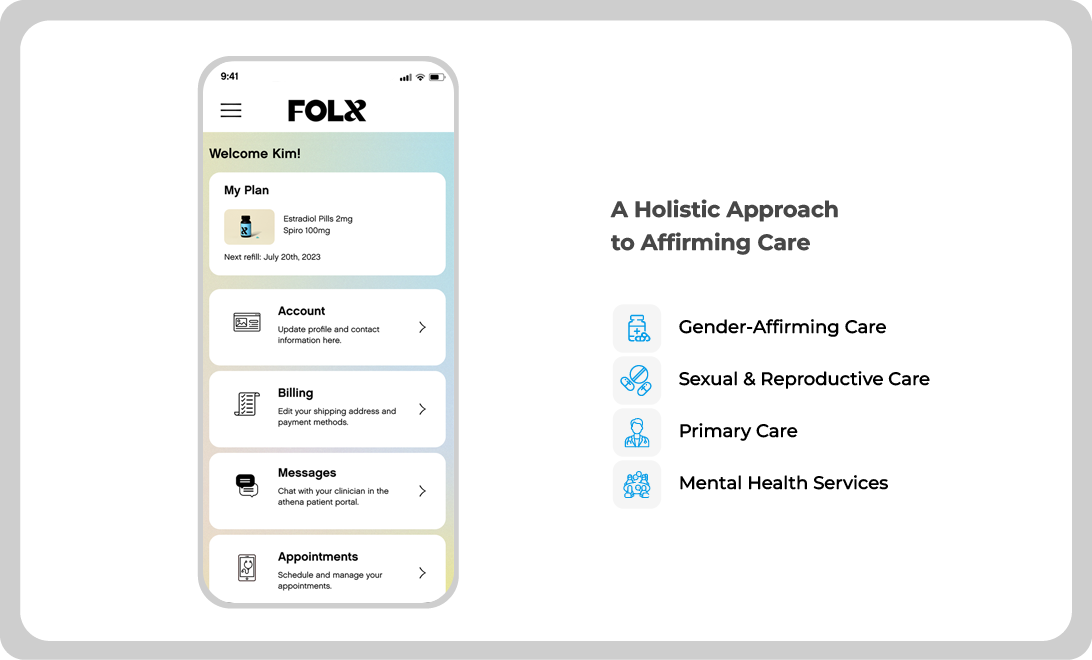
At the core of our partnership was a challenge common to many healthcare platforms: how to build operational systems that are flexible, compliant, and able to support rapid growth.
Our team helped migrate FOLX’s internal front-end tooling to a modern React-based framework, improving UX for internal users like clinicians, administrators, and support staff. This shift reduced development costs and accelerated future enhancements by enabling component reuse, one of the strategic advantages of modular architecture.
To support interoperability, we helped FOLX orchestrate a network of over 20 integrations, including key capabilities for insurance verification, billing, prescription fulfillment, licensure verification, and member communications. In addition to reducing manual workload, these integrations unlocked new business models and helped bring in dozens of B2B customers.
By strengthening the operational core, we ensured the mobile experience could keep up with rising demand, safely and seamlessly.
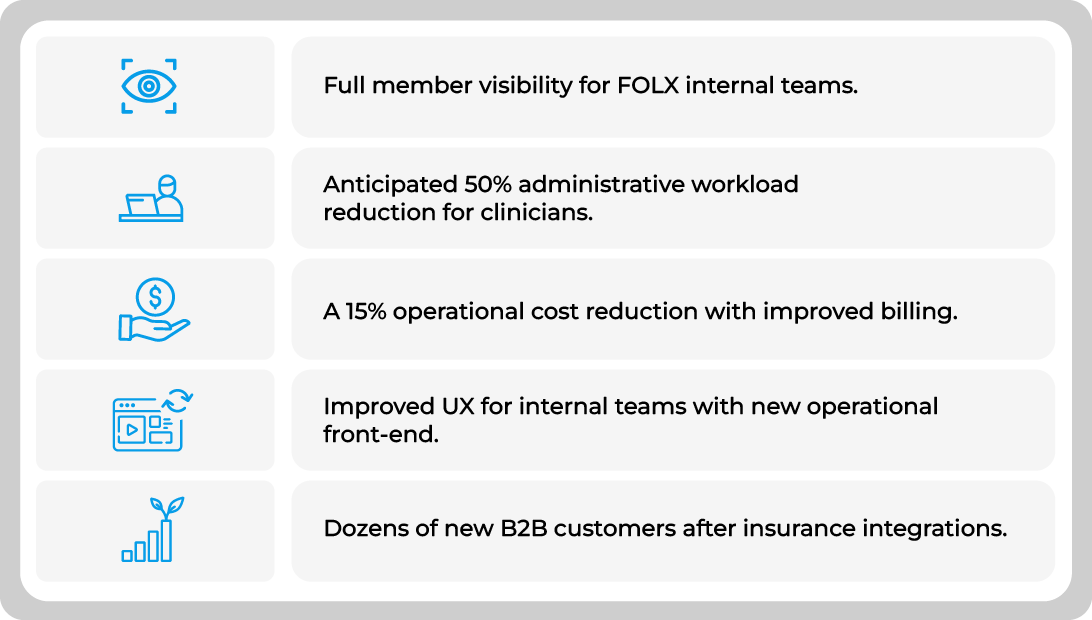
Data privacy and HIPAA compliance were critical considerations throughout the project. We applied anonymized testing practices and used HIPAA-compliant tools for all communication, while ensuring new team members were trained on FOLX’s privacy protocols.
Energized by new investment and a highly efficient operation, FOLX set out to expand its offering, including a new support groups feature. In this new phase of collaboration, Newfire’s presence also grew as we dispatched a Member Experience Team to support FOLX’s new initiatives. This is the kind of end-to-end support that separates “mobile vendors” from long-term innovation partners.
BIOS: With the Right Architecture, Robo-Prosthetics Are Just the Beginning
Biologic Input Output Systems (BIOS) is developing a universal neural interface that enables intuitive, bi-directional communication between the human nervous system and robotic limbs. Their technology focuses on providing natural movement and sensory feedback for individuals with limb loss or limb differences.
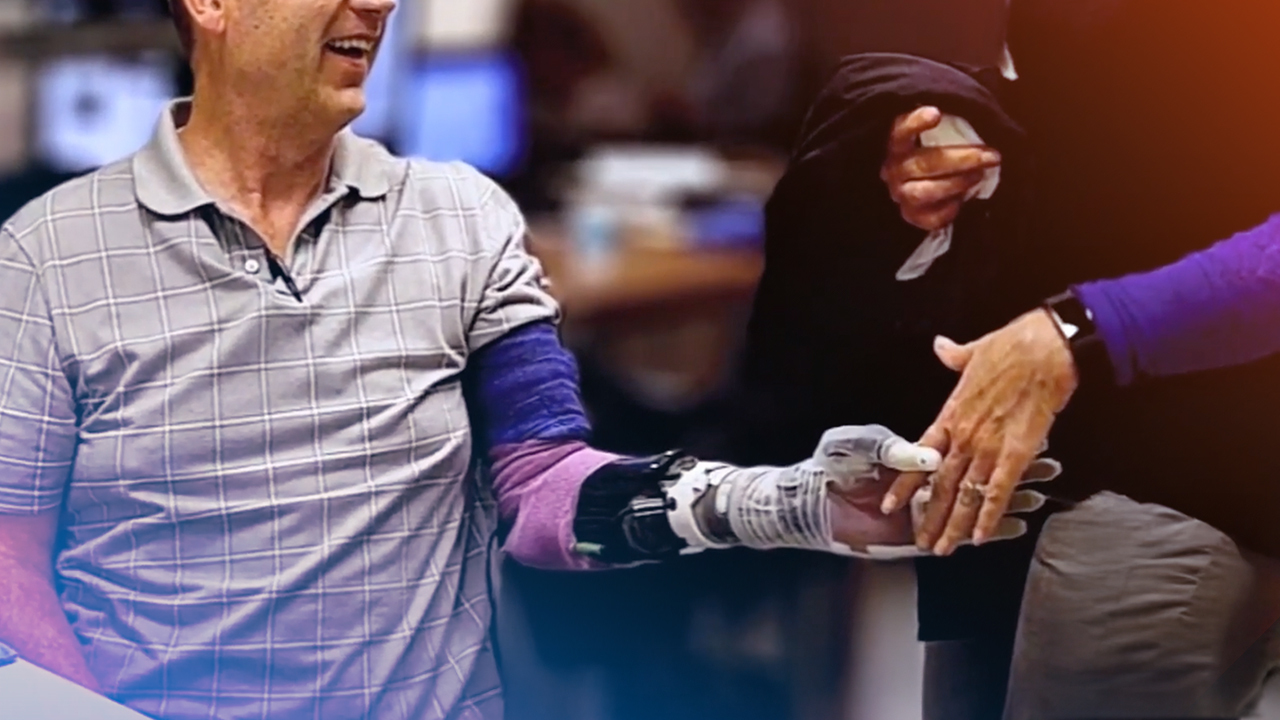
Newfire joined BIOS at a critical junction: turning complex technology into a user-ready product by teaching individuals with limb loss to use their prosthetic limbs intuitively. The challenge? The training program needed to fit the needs of people of all ages and technical backgrounds, including children, veterans, and seniors.
To meet this need, Newfire’s team of mobile development architects and engineers proposed a gamified learning platform featuring an uncluttered user interface and mini-games designed to teach users movements such as picking up an object or bouncing a ball.
The tech stack choices fit the project perfectly:
- Unity enabled immersive 3D simulations in which on-screen movement mirrors real-life prosthesis use.
- Flutter accelerated cross-platform delivery, giving BIOS maximum flexibility in deployment.
The result is a self-directed and self-paced Training App that enables users to learn independently. This saves hours in initialization and drastically reduces the need for clinical support, making the Training App much more accessible to its audience. But clinical use is just the start.
From day one, we designed the system with modular architecture, ensuring it could scale far beyond the initial use case. The same foundation can be adapted for remote surgery, high-risk work environments, or military applications, simply by adding new training layers. In this way, we helped BIOS move beyond its original scope and infuse its technology with the potential to become the future of human-machine interaction.
The Bottom Line: Build It Right, and You Build It Once
Scalable, investor-friendly healthcare applications are built with discipline, not just velocity. Tech choices, system design, and clean architecture all shape how far your product can go.
The success stories shared in this article show what’s possible when taking the long-term vision into account in early development. Our examples prove that in a variety of healthcare use cases, mobile development can actually be strategic infrastructure for a product. It’s a means of future-proofing a product, cutting through complexity, and being prepared for what comes next.
If this sounds like the kind of foundation you’re looking to lay, Newfire is here to help. Let’s talk.


